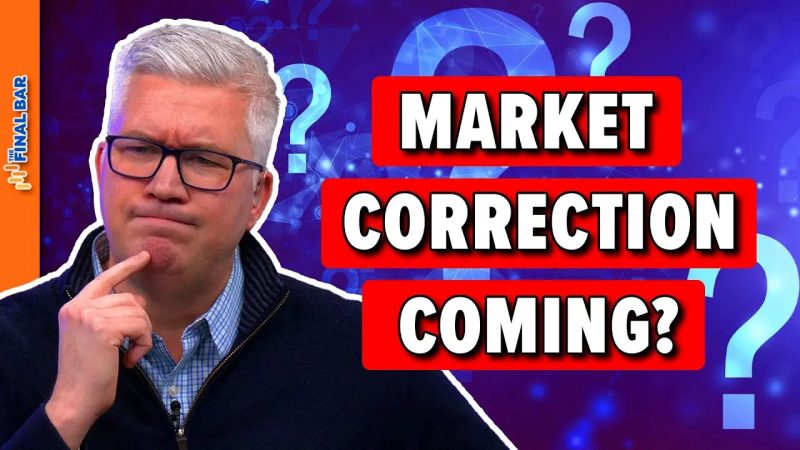The financial markets, notorious for their unpredictable nature, often present traders and investors with a roller coaster of emotions. One key firgure assisting these individuals to steadily navigate through this wild ride is VIX, the ‘fear index’. The VIX, or Chicago Board Options Exchange Volatility Index, measures the market’s expectation of future volatility. When the VIX rises, or ‘spikes’, it is often an indicator of increased fear among investors about the market’s future. This increased level of anticipation is often linked to an imminent market correction.
The Vix and its Significance
Most prominently used by traders and investors to inform their decision-making process, the VIX Spike develops a connotation of anxiety. The VIX reflects the collective sentiments of market participants, using various economic parameters. The index measures the expected price fluctuations in the S&P 500 index options over the next 30 days. When investors expect significant changes in these prices, the VIX spikes signifying amplified fear or uncertainty in the market.
Fortifying its position as a reliable economic forecaster, the VIX is often inversely related to market performance. As the market falls, the VIX generally rises, symbolizing escalating apprehension among investors. This correlation is derived from the human response to financial risk – a natural tendency to seek out protection during shaky periods. Consequently, increased buying of ‘Put Options’ to protect holdings against substantial losses is seen during these highs, leading to VIX Spikes.
VIX Spikes and Market Corrections
Market corrections are perceived as a decline of 10% or more from a recent high in market indexes. These events are routine phenomena integrated into the fabric of financial markets. Often, a market correction is considered healthy for the vitality of investing, providing opportunities for investors to buy at reduced prices.
As it turns out, observing VIX spikes can give an investor a considerable advantage while navigating market corrections. A common pattern noticed historically is that significant VIX spikes often precede market corrections. For instance, the highest VIX on record was during the 2008 financial crisis. Subsequently, other noticeable escalations in the VIX index coincided with substantial market corrections, adding credibility to this pattern.
Navigating through VIX Spikes
Predicting a market correction involves perceptive acumen coupled with an understanding of the market’s emotional undertones, information often embedded in the VIX. A sudden surge in VIX often alerts traders and investors to prepare for a potential market downturn. These signs are beneficial to proactive investors who can navigate their investments, managing risk, and mitigating potential losses.
However, it is vital to understand that a VIX spike is not an absolute predictor of a market correction. Various other economic elements intertwine to orchestrate market movement. Although spikes in the VIX often correlate with market corrections, using this single measure as a predictive tool would fall short of capturing the market’s complexities.
So, is a Market Correction Coming?
VIX spikes indeed play a vital part in flagging upcoming market disturbances or corrections. Yet, they alone cannot conclusively predict a market correction. While they are a critical tool for traders and investors, they should be used alongside other market indicators and sound financial judgments. After all, financial markets are essentially a mélange of mathematical algorithms, financial theories, and human emotional responses. Therefore, investing equitably requires a judicious interpretation of all these factors. A comprehensive understanding of the VIX and its spikes, in conjunction with other indicators, will allow investors to form a more robust, informed investing strategy.




